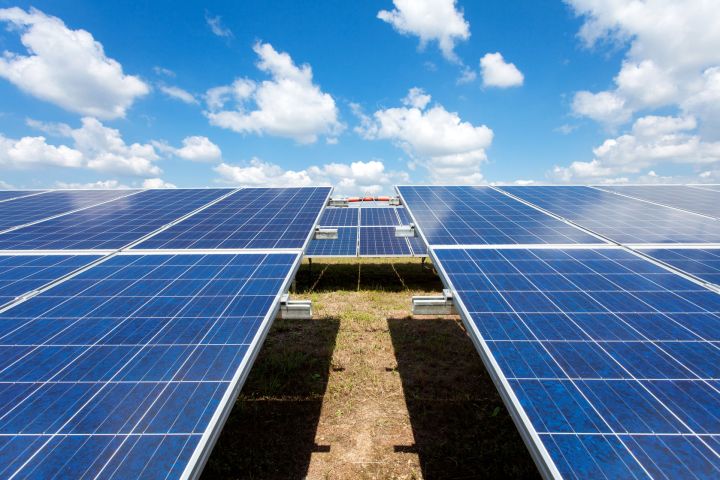
It took just eight months and $679 million to build the facility in Kamuthi, which features 25 million solar modules along with a team of solar-powered maintenance robots. Topaz Solar Farm by contrast took almost two years and $2.5 billion to develop. The Indian plant is expected to generate electricity needed to power 150,000 homes.
The solar power plant is another aspect of India’s extensive campaign to expand its use of renewable energy.
Last year, the country opened the first airport in the world that is powered entirely by solar power. With over 46,000 solar panels, the Cochin International Airport solar array in the southern state of Kerala is capable of producing 50,000 units of electricity per day.
In March, the government announced plans to make all of the country’s 25 million cars electric by 2030, making India the first country of its size to set such a goal.
A few months later the Ministry of New and Renewable Energy revealed plans to develop 10 “solar zones” on private or government land. These zones would each encompass about 38.6 square miles.
And next year, India is expected to become the world’s third-greatest producer of solar energy after China and the United States.
But India still has much more to do to reach its goals of powering 60 million homes with solar energy by 2022 and generating 40 percent of its energy from renewables by 2030.


